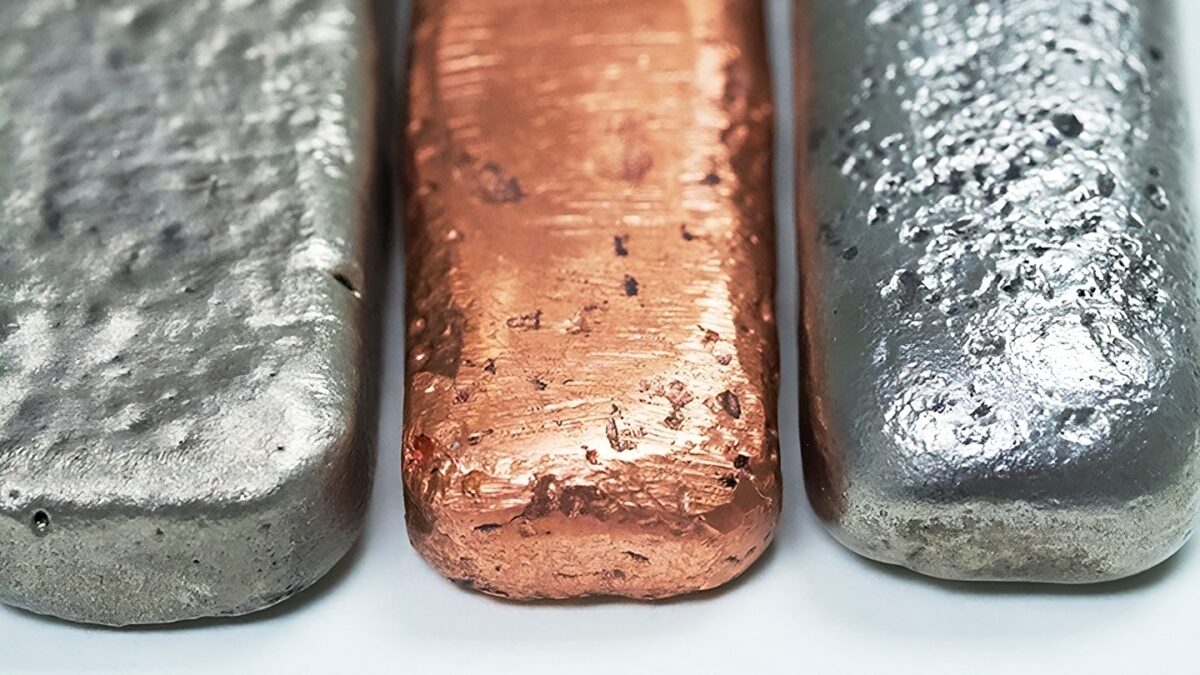Advancing Transition Metal Oxide Photoelectrodes for Efficient Solar‐Driven Hydrogen Generation: Strategies and Insights
Advanced Energy Materials, EarlyView.

This review emphasizes three promising strategies for designing efficient transition metal oxide photoelectrodes for water-splitting applications: (i) element doping, which enhances sunlight absorption and electrical conductivity; (ii) integrating graphene materials, which facilitates ballistic charge transport and improves surface catalytic kinetics; and (iii) plasmonic strategies, which expand light absorption into the visible region and generate hot charge carriers.
Abstract
Photoelectrochemical (PEC) water splitting is a promising approach for green hydrogen (H2) generation, leveraging solar energy to produce a clean and sustainable fuel alternative. Transition metal oxides (TMOs) have emerged as potential photoelectrode materials due to their tunable optoelectronic properties, earth abundance, and chemical stability. However, their practical application remains limited by challenges such as narrow light absorption range, inefficient charge carrier dynamics, and sluggish water-splitting kinetics. To overcome these limitations, various enhancement strategies have been explored. This review highlights three key approaches to develop high-performance TMO-based photoelectrodes suitable for industrial applications: (i) element doping, which tailors electronic structures to improve conductivity and charge separation, (ii) integration with graphene-based materials, which facilitates charge transfer and enhances surface reaction kinetics, and (iii) surface plasmon resonance (SPR) and localized SPR (LSPR) effects, which broaden light absorption and generate hot charge carriers. Additionally, this review provides a comprehensive analysis of the fundamental performance parameters governing TMO-based photoelectrodes and discusses future research directions to optimize their efficiency. Combining these strategies holds significant potential for developing scalable, high-performance PEC systems for sustainable hydrogen production.























































































![The American contingent and Turkey’s autonomy goals: Paris Air Show Day 3 [Video]](https://breakingdefense.com/wp-content/uploads/sites/3/2025/06/Wednesday-Wrap.00_00_32_21.Still001.png?#)
![A look at the jets flying high above the Paris Air Show [PHOTOS]](https://breakingdefense.com/wp-content/uploads/sites/3/2025/06/Rafale_02-scaled-e1750268097167.jpg?#)





















































